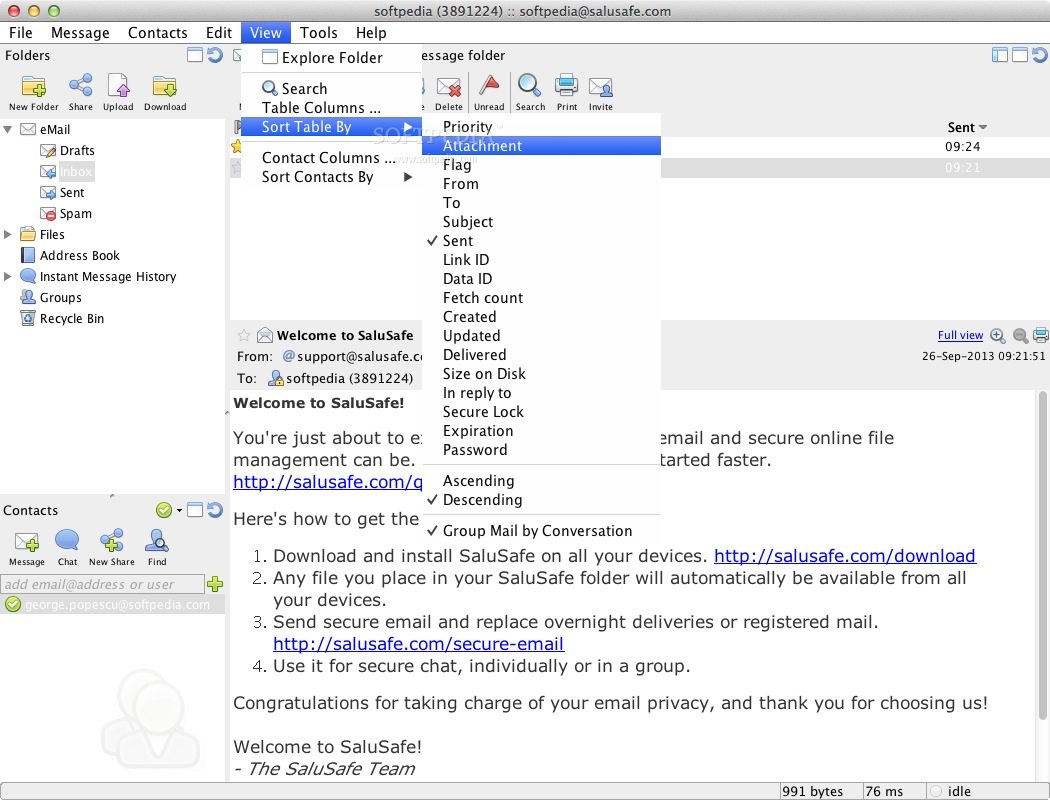
In the following sections, we reported on the preliminary steps of a user-centered process to design a web-based application prototype for supporting communication and coordination between parents, school staff, and health professionals in the elaboration and the follow-up of the Individualized Education Plan (IEP) of children with ASD. This work aimed to open new perspectives into the field of psycho-educational technologies for individuals in ASD, by proposing the design of a digital tool for inclusive education that addresses the needs of stakeholders surrounding the child.

This might stem from the fact that socio-environmental dimensions related to disability are difficult to operationalize, as they are numerous, multi-scaled ( e.g., political, social, community, family, individual), and may form complex interactive loops (Bronfenbrenner, 1977, 2005). Without minimizing the need for “individual-centered” interventions, the field of psycho-educational technologies for individuals with ASD could be enriched with new solutions that consider the socio-environmental barriers related to their participation restrictions.

This approach does not fit with current conceptual frameworks related to disability, such as the ICF (International Classification of Functioning, disability, and health, WHO, 2001) and the ICF-CY (International Classification of Functioning, disability, and health-Children and Youth version, WHO, 2007), which consider the disability as the result of the interaction between the individuals and their physical and social environment. They remain therefore in a dynamic of unilateral compensation of the disability: it is up to the individuals to rehabilitate themselves through training and/or assistance to adapt to their environment. Whatever their purpose (i.e., rehabilitation or assistance), psycho-educational technologies are mostly focused on the difficulties and limitations of individuals with ASD. Systematic reviews dedicated to these technologies have proliferated as well, with a growing number of systematic reviews and meta-analyses, assessing their efficacy (e.g., Grynszpan et al., 2014 Lee et al., 2018 Mazon et al., 2019 Odom et al., 2015). A large number of studies was conducted to assess a variety of applications on several digital media, such as computers, tablets, smartphones, smartwatches, robots (for review, Mazon et al., 2019). Since the late 1970s, psycho-educational technologies for children and adolescents with autism spectrum disorder (ASD) and cognitive disabilities elicited a growing interest.


 0 kommentar(er)
0 kommentar(er)
